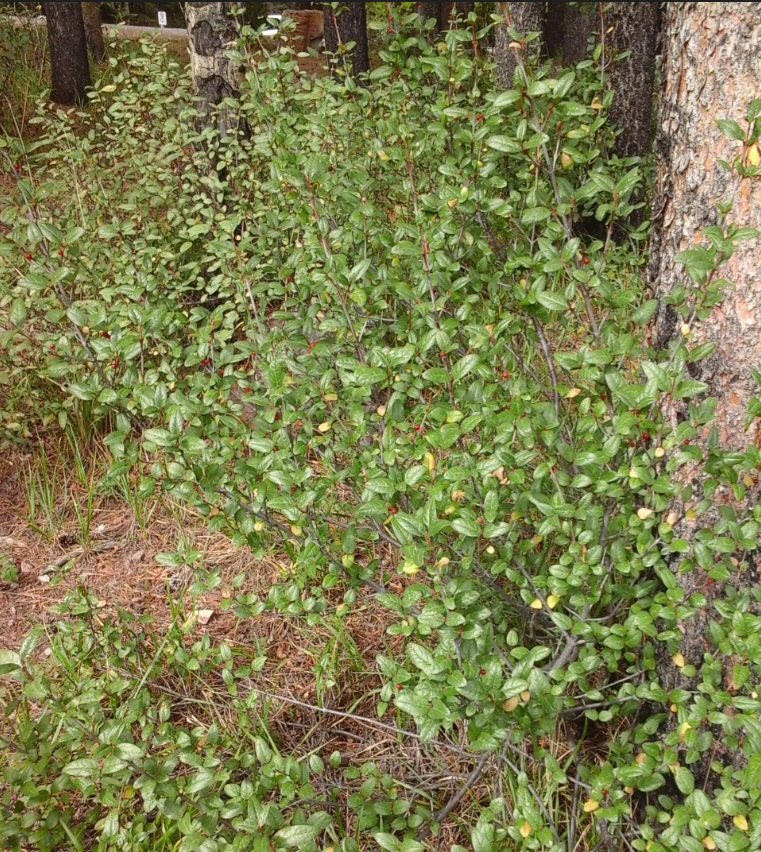Secwépemc name: meltállp
The trunk is good for scraping hides, because there are hardly any limbs at the bottom. Aspen wood was used for tent poles, drying racks, fish traps and sweat lodge frames, but the wood rots after only a couple of years. It was used for fuel and as a medicinal tea, made from a mixture of the barks of alder, “red willow”, cottonwood and aspen.
Ecological conditions
Grows best in rich, loamy soils; mid to low elevation, but will not tolerate flooding.
![]()

